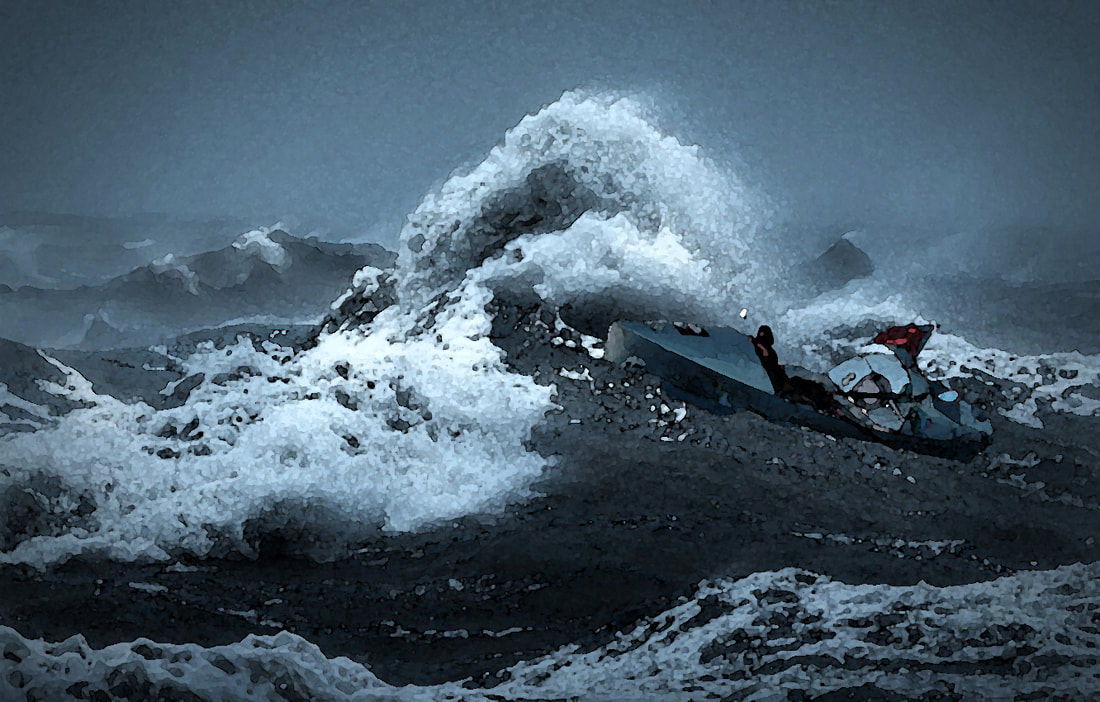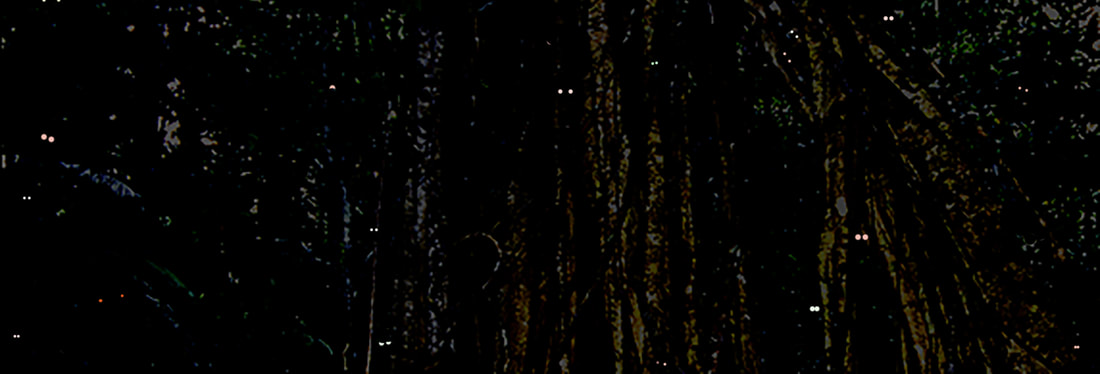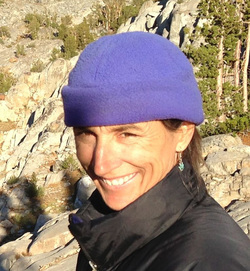Her Place on the Horizon is a feminist slant on an Homeric homecoming, a woman's journey through a world that has become unrecognizable, patching together the tattered pieces of the home she remembers into a future she can live in.
Beryl Root, ocean ecowarrior and shipwreck survivor, returns to Oakland, CA, searching for home after 20 years away. But climate is changing the very meaning of home, now an epic written by Penelope, not Odysseus. This isn't the hero's journey of a brave warrior leaving home. Home is leaving us...
Beryl Root, ocean ecowarrior and shipwreck survivor, returns to Oakland, CA, searching for home after 20 years away. But climate is changing the very meaning of home, now an epic written by Penelope, not Odysseus. This isn't the hero's journey of a brave warrior leaving home. Home is leaving us...
House of Zolo's Journal of Speculative Lit, Volume 3: The Climate Change edition
The ebook of our gorgeous third volume of speculative literature debuts today, November 16. This volume offers a wide array of perspectives on the crisis of climate change. From nightmarish dystopias to the evolution of new species, the writers in this volume expose what has been lost, and fearlessly explore where the future may take us.
HOZ’s Journal of Speculative Literature, Volume 3 contains 43 stories and poems that examine the many potential futures of a species on the verge of catastrophe. Volume 3 takes on Climate Change with visions and ideas that are impossible to forget.
Featuring new work by:
Joe Baumann, Terri Watrous Berry, JD Blackrose, Robert Borski, Virginia Boudreau, Michelle Cadiz, James Cato, Yuan Changming, Irene Cooper, Deborah L. Davitt, Steve Denehan, Pasiphaë Dreams, RC deWinter, J. Federle, Lew Forester, Justine Gardner, Joan Gerstein, Benjamin K. Hewett, Will Isenberg, Anastasia Jill, Taria Karillion, Ava Kelly, Kajetan Kwiatkowski, King Llanza, E. H. Lupton, Christopher R. Muscato, Russell Nichols, David Oje, Jim O’Loughlin, Jeanne Panek, Polly Phokeev, Priya Sridhar, Corinne Stanley, Elizabeth Train-Brown, Raymond van Over, R. Bratten Weiss, Gunnar De Winter.




